Dual Ambitions: Mastering Content Creation Amidst 9-to-5 Constraints
Is launching a content creation side hustle while holding a corporate job doable? Explore firsthand insights and practical advice on balancing entrepreneurial aspirations with a 9-to-5, understanding the challenges, strategies for success, and personal reflections.

TL;DR Summary
This article explores the feasibility of balancing a content creation business with a 9-5 corporate job, driven by dissatisfaction with corporate salary structures and a desire for financial independence. Through a cautious approach, I started a content creation side business, gaining valuable insights and facing significant challenges.
Key Points:
- Personal Background & Motivation:
- My dissatisfaction with corporate salary dynamics led me to explore content creation as a side business.
- The aim was to gain financial control and entrepreneurial growth without leaving a stable job.
- Choosing Content Creation:
- Driven by a passion for writing and inspiration from successful content creators.
- Initially regretted not leveraging my professional expertise but recognized a genuine interest in self-improvement.
- Integration with a 9-5 Job:
- Reduced corporate overtime to allocate time for content creation.
- Practical challenges included energy management and sacrificing personal time for health and fitness.
- Implementation and Adjustments:
- Early morning routines for content creation faced growing demands for engagement.
- Lost Weekends as recovery periods, highlighting the need for realistic scheduling and energy management.
- Encountered Challenges:
- Burnout due to balancing professional responsibilities with my side hustle.
- Critique of the content creation ecosystem, emphasizing the importance of genuine interaction and valuable content.
- Potential Pathways to Success:
- Aligning content with my professional expertise.
- Focusing on high-quality content, leveraging trending topics, and delegating tasks.
- Recommendations for Aspiring Content Creators:
- Focus on utility and solving real problems.
- Prioritize quality over quantity, avoid superficial engagement, and invest in authentic networking.
- Choose platforms wisely and use AI tools to enhance personal content.
Introduction
Many of us dream of achieving financial independence and entrepreneurial success without stepping away from the stability of a corporate job. This quest often leads to exploring side hustles, with content creation emerging as a promising avenue.
But is juggling a content creation business with a 9-5 corporate job feasible?
My journey into this realm was driven by a desire for more than the linear salary progression offered in the corporate world. Despite understanding the logic behind corporate salary structures, I found them unsatisfactory and yearned for a way to build my capital and value through additional entrepreneurial activities.
However, I wasn't ready to dive headfirst into the unknown. Instead, I opted for a cautious approach, starting a content creation side business to test the waters.
This decision, rooted in a desire for both security and personal growth, led me down a path filled with learning, challenges, and insights.
Personal Background & Motivation

My journey into content creation began with a deep-seated dissatisfaction with corporate salary dynamics. While I understood and appreciated the logic behind corporate compensation structures, the reality differed starkly from my intrinsic expectations. The disconnect between effort and reward and the typically modest annual salary increases in the corporate world left me feeling under-monetised and stuck in an endless linear progression.
The realisation hit hard: while, as an employee, significant leaps in income and role were possible via vertical promotions or horizontal moves to other companies, even then, the fundamental issue of linear and disconnected growth remained unchanged. This sparked my desire for more control over my financial destiny and creating leverage. I longed for the ability to generate additional income through my own business endeavours without being reliant on employment by someone else. Beyond financial independence, I was driven by a desire to build my own capital and create value on my terms, diving into entrepreneurial ventures.
However, the cold-water leap into full-time entrepreneurship seemed daunting. I took a cautious and exploratory approach. I decided to start small, with a content creation side business, allowing me to test my fit for this path without risking my current career.
This careful, iterative approach turned out to be invaluable. It gave me insights into my preferences and capabilities that I couldn't have gained otherwise. This phase of exploration was about proving my entrepreneurial spirit and aligning my professional pursuits with my personal growth and satisfaction.
I'm more introverted, and interacting with others saps my energy. Before my side business venture, I didn't realize that content creation actually involves 80-90% interaction with others (peers, community, fans, freelancers, etc.) instead of just creating stuff.
So, in the end, I found myself in a structural mismatch with my personal traits, something I wasn't aware of beforehand.
Why Content Creation?
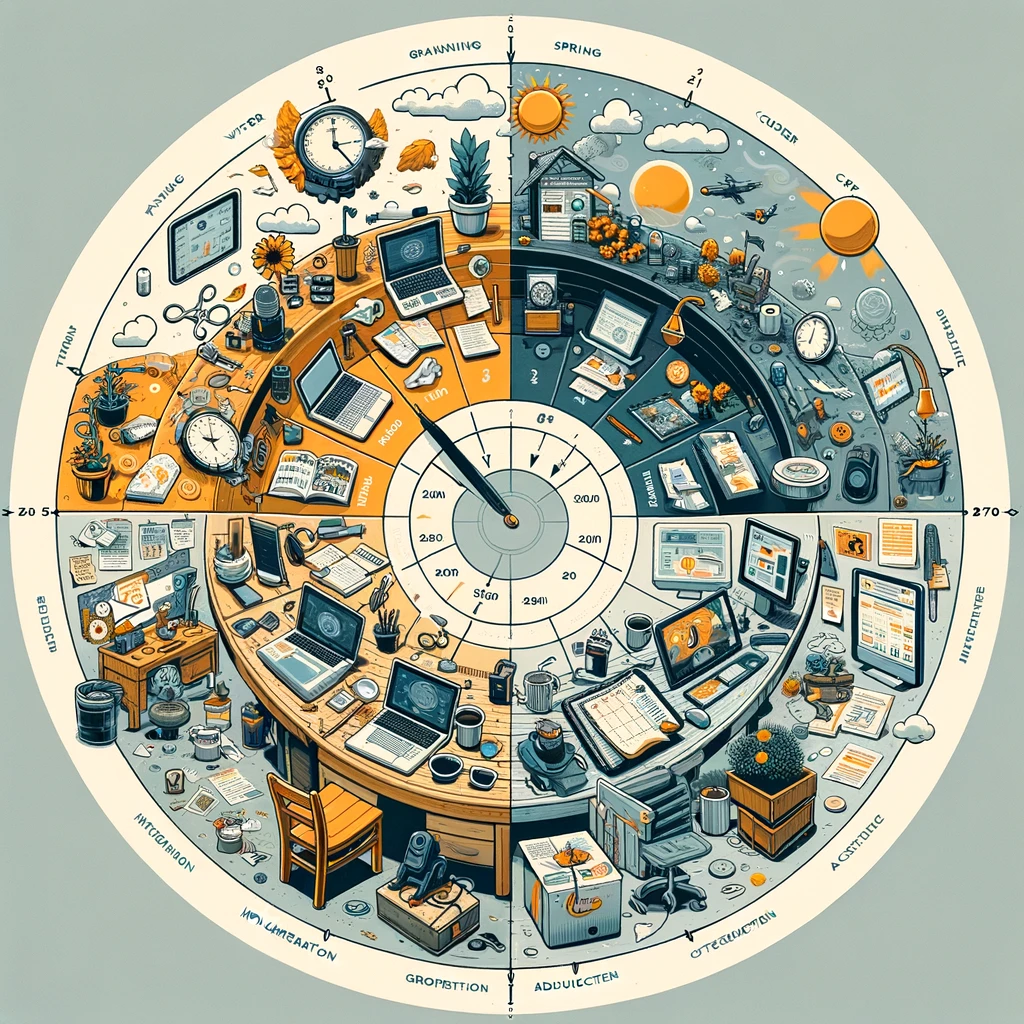
The pivotal question I faced was choosing a suitable business model to channel my entrepreneurial aspirations. My inclination towards writing had been brewing for a while, and I had the latent dream of authoring a book or engaging in some other form of creative writing.
Over the years, I have been exposed to content creation hustlers' narratives on platforms like TikTok and podcasts. They all proclaim the simplicity of achieving significant monthly revenues through content creation.
While their promises seemed too good to be true, a part of me, aware yet ambitious, felt drawn to the challenge. Despite my scepticism about these simplified success stories, my belief in my abilities nudged me to try them.
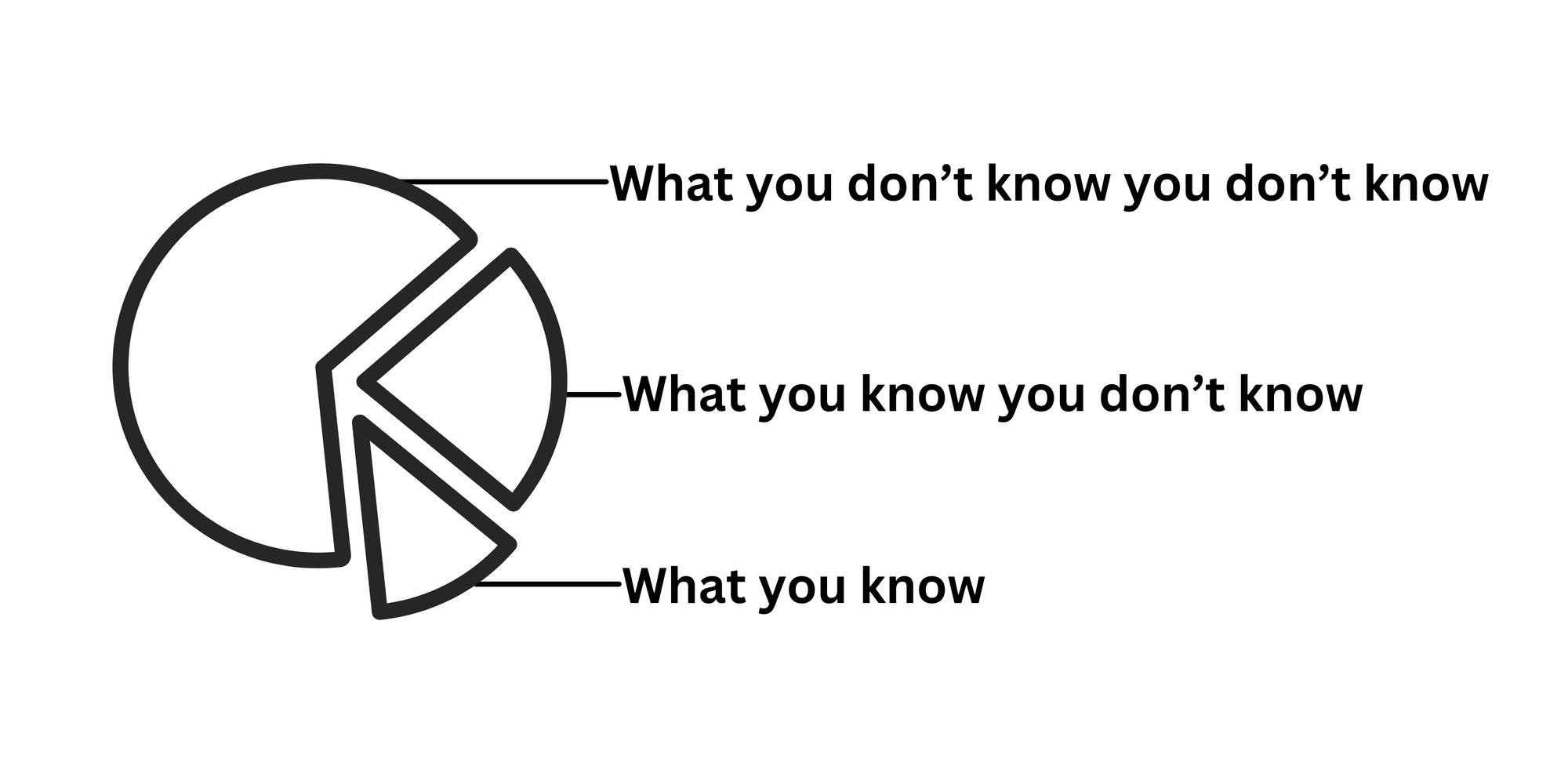
Choosing a theme for my content wasn't difficult. My fascination with self-improvement, nurtured over 15+ years of exploring various methodologies to enhance productivity, health, and overall success, naturally pointed the way.
I initially decided against leveraging my professional expertise in Cloud, Data, AI, and Corporate (Innovation) Strategy for content creation. This decision was one I would come to (partly) regret upon observing the rapid growth of newsletters and creators like those behind "Superhuman AI," which capitalised on trending topics like generative AI. Creators such as Zain Kahn were able to leave their day jobs by March 2023, while I battled in an overcrowded red ocean with thousands of other creators in the self-improvement niche (everyone has opinions on what a good life looks like, and it's hard to differentiate).
However, this regret was short-lived. Upon deeper reflection, I recognised that my heart indeed lay with self-improvement and self-actualisation, not AI. This introspection led me to accept that pursuing a passion that promises long-term engagement rather than just hunting trends is better.
Successful Role Models & Making the Goal Tangible
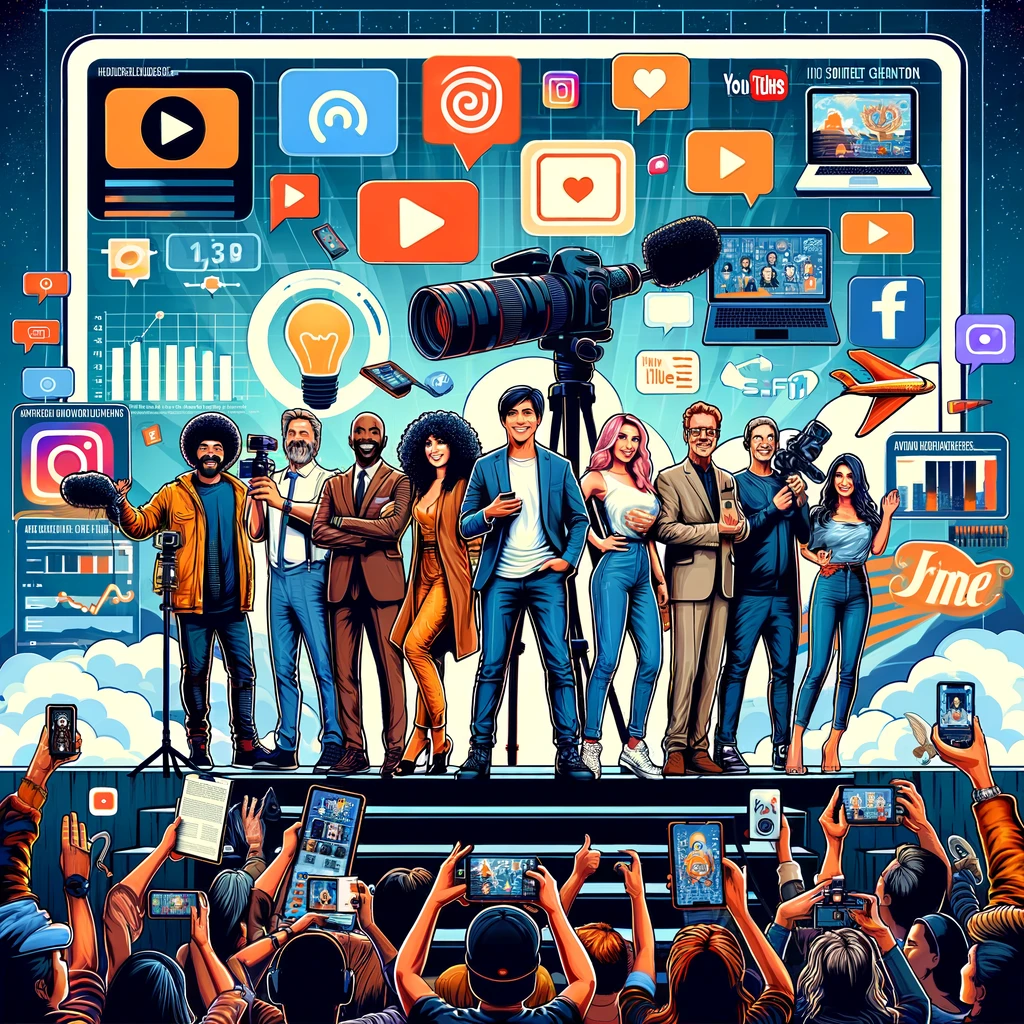
In my early days of exploring content creation, I found inspiration in various successful figures within the field. Names like Dan Koe, Justin Welsh, Ben Meer, Jay Clouse, and Rich Webster stood out as luminaries, each with their unique niche in the digital expanse.
Among these, Justin Welsh's embodiment of solopreneurship struck a chord with me. He championed a streamlined content creation model characterised by minimal fixed and variable costs and significant profit margins, all built on the foundation of a strong personal brand. His approach wasn't just about the mechanics of success; it was underscored by a palpable sense of honesty and a high level of engagement with his audience, which made his model not only appealing but also seemingly attainable.
Welsh’s method was deceptively simple:
- identify a specific niche,
- engage daily with high-quality posts,
- and monetize expertise through digital products, such as video training courses.
- And doing most of it alone (“Solopreneur”) to keep it simple.
This approach promised not just financial returns but a genuine connection with an audience—a value I held in high esteem. Welsh's strategy's simplicity and focus made the dream of running a content creation business feel within reach. It was a tangible goal, a beacon in the vastness of digital possibility.
However, the path to success in content creation is fraught with illusions.
The visible triumphs of a few content creators can obscure the reality faced by many. This journey reminded me of gambling or buying lottery tickets—instead of investing €15 on a ticket, you're dedicating hours of your day, betting on a future payoff.
This realisation didn’t deter me; rather, it motivated me to carve out my niche in self-improvement, despite the stark reminder of the challenges ahead.
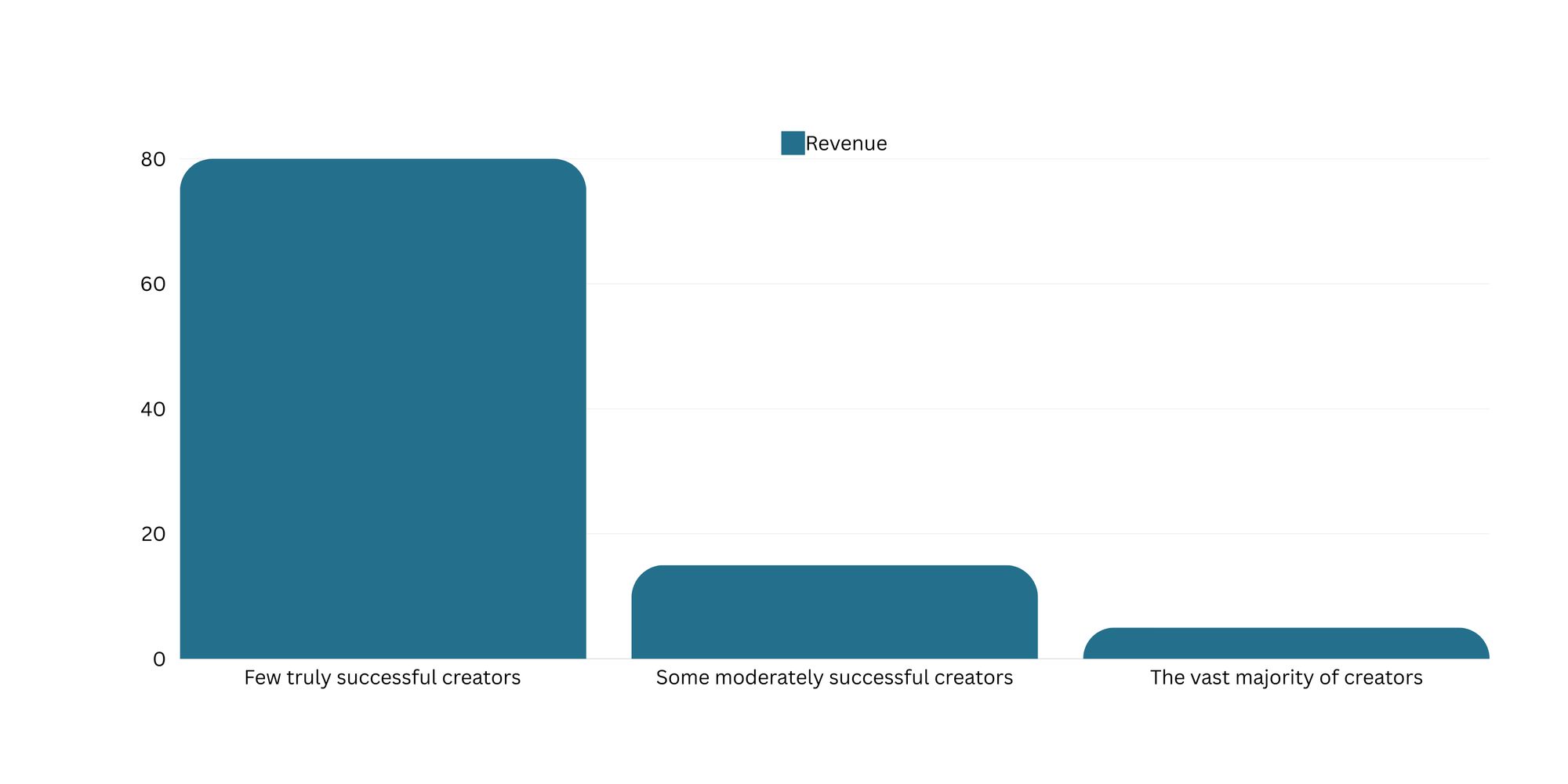
A critical reflection arose when considering the visible success stories in personal branding and content creation; most were within the content creation niche itself, with few exceptions like Ben Meer in self-improvement. This observation led me to question the viability of various niches.
If I wasn’t engaging with the type of content I intended to create, why would others? This trivial truth, overlooked at the time, became a pivotal learning moment later in my journey.
The visual, tangible goal of emulating Justin Welsh’s success was clear, propelling me forward with a concept adapted to a new theme—self-improvement.
The Theoretical Path Promised by "Shovel Sellers"
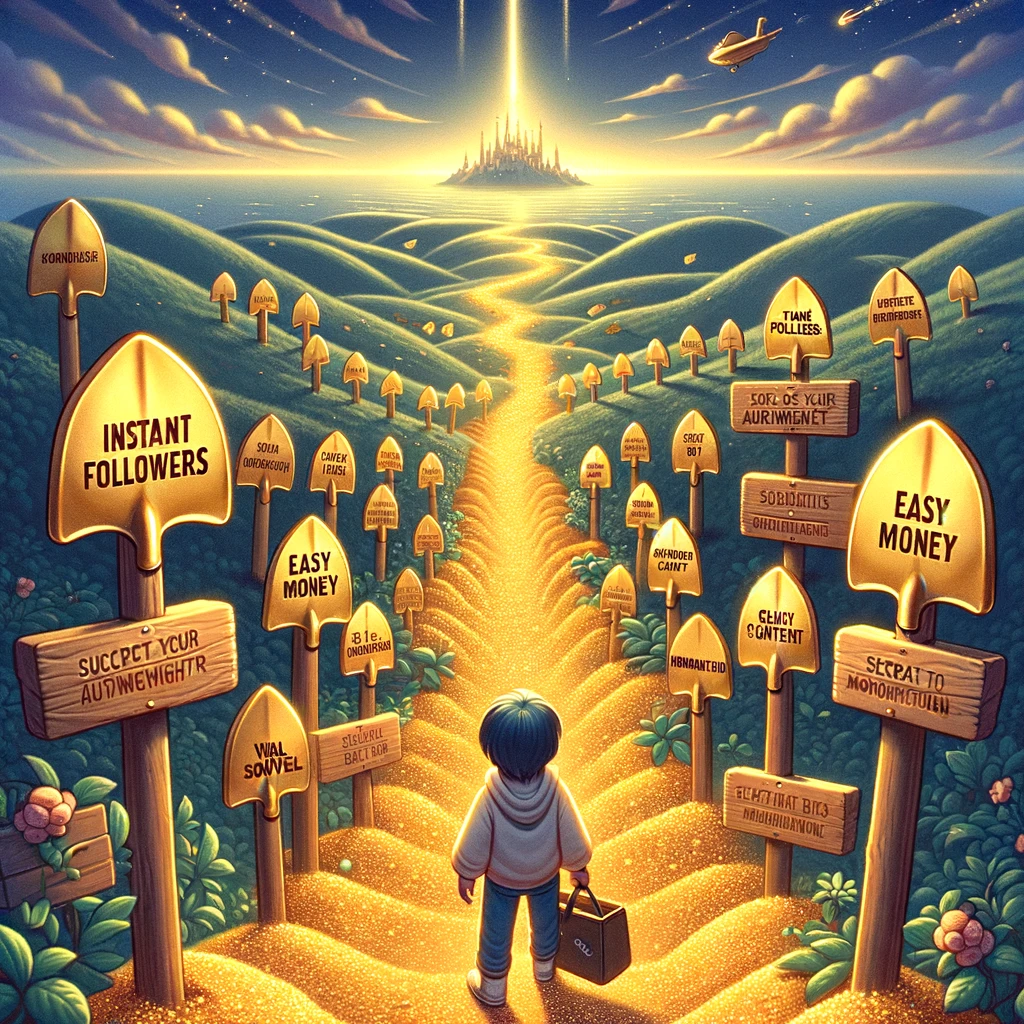
When I embarked on my content creation journey, I invested in courses priced at various levels—I remember shelling out €149 for one and €449 for another.
These "shovel sellers" promised a straightforward path to success, delineating a blueprint that appeared irresistibly effective. The formula they pitched was seemingly simple: select a sharply defined niche, such as "Fitness for Over-30 Corporate Workers" or "AI in Email Marketing," and carve out your space on a discovery platform like Twitter, LinkedIn, or TikTok. The strategy entailed daily posts and engaging (comments & direct messages) with 30-50 other accounts to foster a following through consistency and strategic interaction.
They differentiated between discovery platforms—designed for bite-sized, short (often shallow) content to catch the audience's eye—and relationship platforms, like newsletters or YouTube channels, intended to deepen audience connections through prolonged content engagement. This approach promised growth and success through persistent content creation and networking.
The narrative peddled by these shovel sellers depicted content creation as a modern gold rush, assuring success to those who followed their guidelines. Yet, the reality proved more nuanced. The prioritization of branding over product quality, coupled with tactics aimed at superficial engagement, underscored a significant problem: a burgeoning scene saturated with creators more invested in the semblance of success than in delivering genuine value.
This realisation urged me to reflect on the nature of the content I wished to produce and the type of creator I aspired to be, diverging from the oversimplified success formulas marketed by shovel sellers.
More than just following the steps laid out by these courses, I discovered the intricate dynamics of creator engagement. This often resembled a Ponzi scheme, with creators fostering an illusion of an active community through reciprocal engagement. This observation highlighted the artificial aspect of the so-called community spirit, pushing me to seek more authentic engagement strategies.
Historically, traditional influencers have built their empires on identity, monetizing through affiliate marketing and brand deals.
In contrast, the content creator model emerging around 2019/2020 emphasizes thought leadership and educational offerings, such as workshops and paid newsletters. This model relies less on sheer follower count and more on the trust and value one provides to their audience.
I solidified my aspiration to transcend the simplistic success formulas and contribute meaningfully to the content creation scene.
Integrating Content Creation into a 9-5 Routine
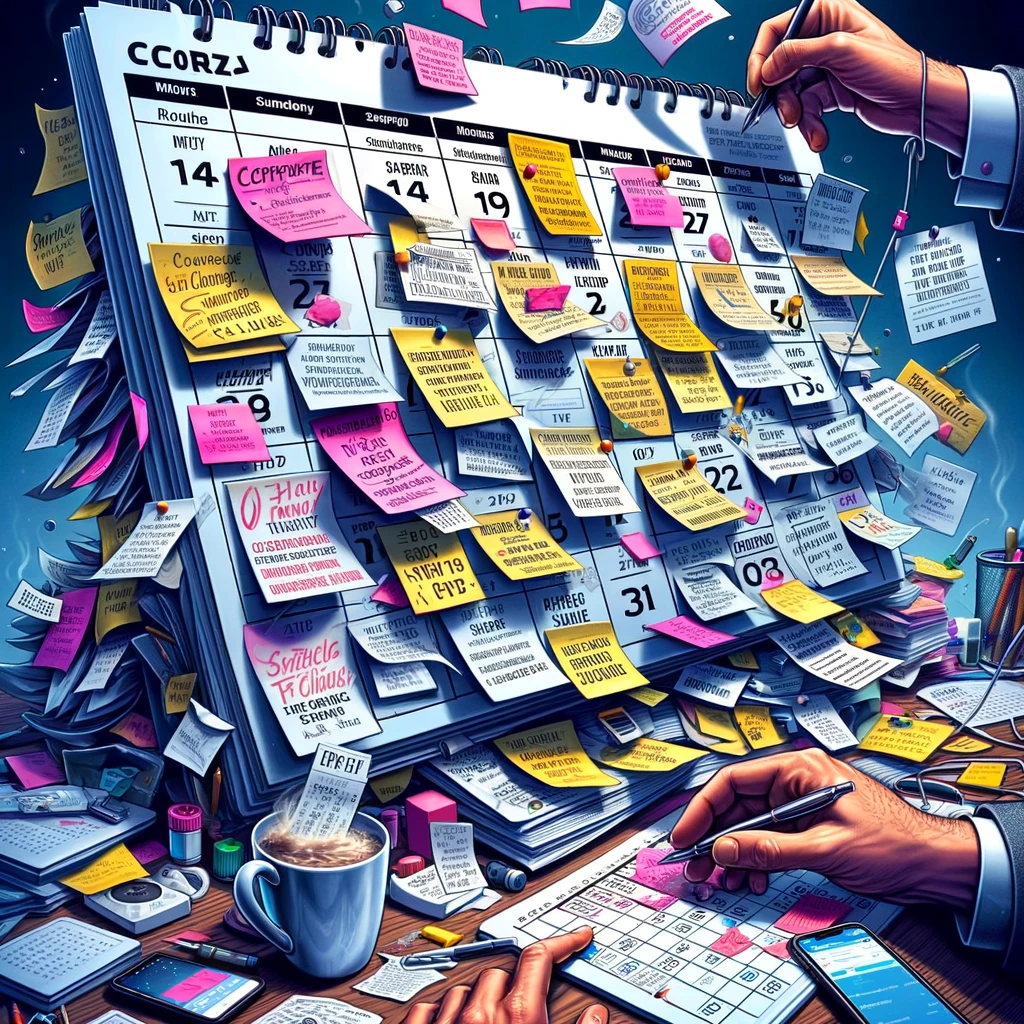
The allure of content creation as a side hustle is often tempered by the reality of integrating it into the demands of a full-time corporate job. The challenge isn't merely about finding time but mostly about energy management.
My strategy for this integration was to recalibrate my work habits, specifically by reducing my overtime hours in my corporate job from around 60 to the standard 40 hours per week, thereby freeing up 20 hours for content creation (I don't have to work overtime, but I do it when I can because I love my job.).
On paper, this seemed like a straightforward swap — reallocating hours I wasn't being (explicitly) paid for with potentially profitable work on my side business.
However, this theoretical simplicity belied the practical complexities.
The nature of my overtime work, often consisting of meetings and business travel (“shallow work”), didn't directly translate into the focused effort required for content creation (“deep work”). I soon realized that the type of work, not just the quantity of hours, mattered. Deep work, characterised by intense concentration and creativity, was fundamentally different from the shallow tasks that comprised much of my overtime. You can't just replace shallow work time with deep work time when you're on low energy.
Moreover, I had underestimated the reasons behind my overtime hours. They weren't arbitrary; they stemmed from urgent business needs and responsibilities that couldn't simply be shed or delegated without consequence. This miscalculation led to an unexpected outcome: instead of carving out time from work, I found myself sacrificing personal time dedicated to health and fitness routines (fewer walks, workouts, and social activities).
Implementation and Adjustments
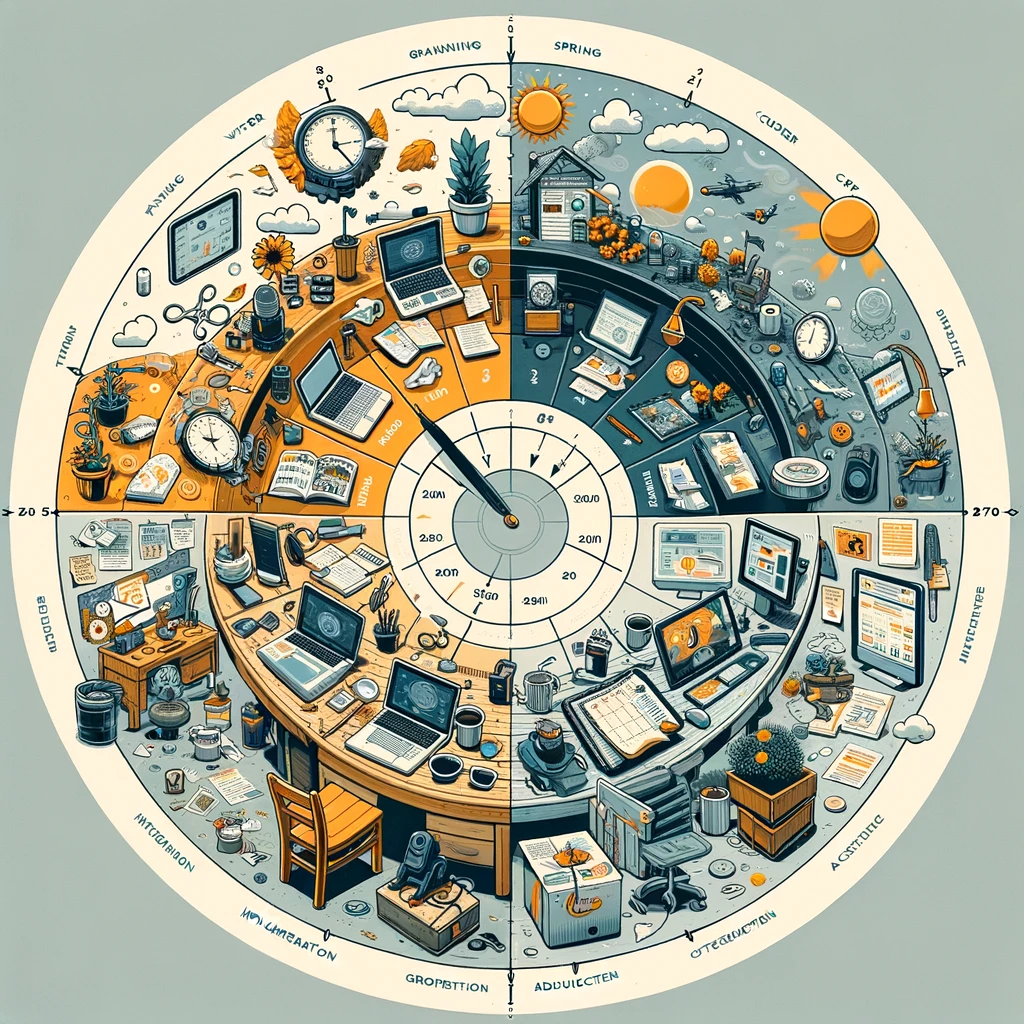
The practical application of my content creation side hustle unfolded over 14 months of trial, adjustment, and learning. My routine was meticulously planned: I woke up at 5:00 AM to sort through notes and tasks, dedicated an hour to writing content for posts or newsletters and then engaged on LinkedIn and other platforms until it was time to start my corporate job at around 9:00 AM.
My sacrifice to make that happen was my morning workout, which I usually did between 8 and 9. I planned to do it later but often didn't.
However, as engagement with my content grew, so did the demands on my time. Responding to comments, interacting with other creators, and maintaining a presence on social media required additional attention during lunch breaks and evenings after work. Underestimating these demands led to a schedule that was more than full; it was overflowing.
The ambition to also create products, such as video courses or in-depth articles for my blog, collided with the reality of my time (and energy) constraints. Initially seen as the reservoir of time for such endeavours, weekends were often consumed by the need to recharge from a week split between demanding corporate responsibilities and an increasingly engaging side hustle. This cycle brought to light the limits of my capacity, revealing the optimistic fallacy that I could sustain the creation of substantial content alongside continuous engagement and product development.
This realization was a turning point at the end of 2023. My first attempt, fueled by excitement and a strict schedule, failed to account for the realities of my energy levels, the depth of work needed, and the importance of keeping a balance that wouldn't risk my health or full-time job.
Encountered Challenges

The journey of integrating content creation into my daily life, alongside a demanding corporate job, illuminated several significant challenges. The most impactful was the onset of burnout. This condition didn't manifest overnight; it was the culmination of months of trying to balance my professional responsibilities with my burgeoning side hustle and personal life.
By Christmas 2023, the signs were unmistakable: constant exhaustion, a lack of motivation, and a profound sense of being overwhelmed by tasks that once brought me joy.
The simple act of writing my newsletter on a Sunday morning in bed for 2-3 hours, which used to be a source of infinite delight, had become a source of infinite torment. The very idea of spending my Sundays, once a cherished time for newsletter-writing, on side business-related tasks felt suddenly absurd. I craved nothing more than to rest and recuperate.
As my energy levels plummeted in all areas of my life, so did my enthusiasm for content creation. Activities I once approached eagerly became sources of dread.
The realization hit hard: the side hustle that was supposed to offer a sense of fulfilment and control over my financial future had become another source of stress, contributing to a burnout cycle.

This personal crisis prompted a deeper reflection on the content creation ecosystem as a whole, which I now view with growing scepticism:
- The landscape was cluttered with superficial content devoid of real value.
- Fake engagement strategies were rampant, with creators more interested in reciprocal likes than genuine interaction.
- Creator friends tirelessly posting on Twitter for years with minimal visibility/results, unable to see the futility of their efforts.
- Large accounts push each other to the top, where networking trumped content quality.
- The predatory behaviour of "shovel sellers" in marketing and content creation, eager to empty one's wallet.
- Daily encounters with aggressive sales pitches and the incessant pressure to engage with low-quality content.
- Algorithm-driven platforms, which consistently failed to surface content into my feed, that was truly valuable (from a consumer perspective).
- There is an overwhelming amount of content focused on identity, where self-celebration overshadows genuine contributions.
The relentless pursuit of visibility and engagement, essential for success in this space, clashed with my evolving understanding of what it meant to create content that was both valuable and fulfilling.
Potential Pathways to Success

So, is content creation a waste of time? No, it depends on your goals. As a side hustle or direct path to revenue, it didn't work for me. But there are several other potential pathways, each offering a unique approach to content creation:
- Focusing on Personal Branding Within Professional Expertise: One way is to pivot my content creation efforts more closely to align with my professional skills and expertise, such as Cloud, Data, AI, and Digital Business Innovation. This approach could enhance my career by building a strong personal brand in my field, leveraging my existing knowledge and network.
- Creating Exceptionally High-Quality Content: Another strategy involves dedicating my efforts to producing content of such high quality and value that it would naturally attract attention and engagement, reducing the need for extensive networking and self-promotion. This could include in-depth guides, insightful articles, or valuable resources that serve the audience's needs and stand out in the crowded content landscape.
- Leveraging Trending Topics: Identifying and capitalizing on trending topics or frequently asked questions in a niche could provide a shortcut to relevance and audience growth. Creating content that addresses these trends or questions, potentially through newsletters or other formats, could attract a dedicated following more efficiently.
- Delegating and Automating: Considering the delegation of certain content creation or engagement tasks to freelancers or using automation tools could allow me to maintain a presence in the content creation world without the same level of time investment, though it might dilute the personal touch that often characterises successful content.
- Exploring Local Opportunities: Shifting focus from online to local opportunities, where competition might be less fierce but the community more engaged, presented another avenue. This could involve hosting workshops, speaking at local events, or even starting a physical business that complements the online presence.
- Becoming a Corporate Influencer: Another path could be to become a thought leader within my corporate sphere, leveraging content creation to establish expertise and then monetizing through speaking engagements or consultancy within the industry.
- Adopting the Classic Influencer Model: Diversifying into platforms that favour long-form content, like YouTube or podcasting, and aiming for revenue through advertisements, sponsorships, or affiliate marketing could offer a way to monetize a larger audience without direct product sales (which, of course, is a full-time job).
Upon self-reflection, I realized that I consistently felt uncomfortable when clients approached me about specific coaching offerings. The realization dawned that the coaching calls, meetings, and workshops essential for revenue generation also demanded significant time and energy investments.
This led to another crucial realization: I am reluctant to offer services in my side job, rendering my whole self-improvement content creation side hustle pointless.
My ideal scenario would involve quietly creating or writing, with my creations selling themselves.
Of course, a content creation side gig usually doesn't work this way. Creating things isn't enough; you need to invest as much if not more, time in marketing and selling.
So, what do I do with this insight?
My introspection has revealed a misalignment between my character and the path of the content creation business. Although I managed to fit myself into this ill-suited role for over a year, it became clear that continuing this way is unsustainable and would likely lead to burnout.
Understanding this wasn't possible beforehand; it's something you only learn by trying. Despite this, I'm glad I gave it a shot.
So, what's next for me? 've decided to focus on my job for the "money-making" part and double down on my strengths instead of pursuing a completely new path. I'll retain the aspects of content creation that I enjoy, such as writing and gaining clarity on complex topics through articulation.
However, I’m letting go of the profit motive, meaning I won't pursue monetization or feel the pressure to create digital products and network extensively. For example, I won't feel obligated to respond to all LinkedIn comments.
To reflect this change, I've updated Deliberate-Diligence.com to serve as a general personal blog. Here, I can write about various topics from my job and life without any business intent or a specific niche focus.
This approach allows me to retain the enjoyable parts of content creation while eliminating the draining elements.
Recommendations if you want to give Content Creation a Try

Reflecting on my 14-month journey into content creation alongside a full-time job, I've gathered some insights and lessons that could guide you in considering a similar path. Here are my key recommendations for aspiring content creators:
- Focus on Utility: Beyond creating content or offering services, constantly question their utility for your audience. It's crucial that your offerings solve a real problem or fulfil a specific need that someone would pay for. Without tangible benefits, monetization becomes a steep hill to climb. This ongoing questioning process is vital, ensuring your content remains relevant and valuable.
- Start with the product, not with the marketing. Otherwise, you'll end up like the thousands of shallow content creators out there, blending in with the low-performing crowd.
- Understand Consistency Properly: While you'll often hear that posting regularly is key, true consistency lies in the quality of your content. It's far better to publish less frequently if it means maintaining high standards. I learned that finding a personal rhythm that doesn't lead to burnout but allows for consistently high-quality output is essential. For some, this might mean weekly or even monthly posts, and that's okay.
- Avoid Reciprocal Engagement Traps: Engaging with other creators is crucial for community building, but beware of the trap of purely transactional interactions. My journey showed me that investing 1-2 hours daily in engaging with others and expecting reciprocal engagement is less fruitful than dedicating that time to improving the quality of your own content. Authentic connections trump transactional exchanges every time.
- Be Wary of Engagement Pods: While tempting for their promise of quick visibility boosts, engagement pods can mislead algorithms about your target audience. This misdirection can harm your reach to your ideal audience, particularly if you're aiming to connect with a specific demographic, like CEOs. I never used them, but I saw other creators relying on them, which didn't lead them anywhere.
- Invest in Meaningful Networking: My analysis of creators who experienced significant growth revealed that it wasn't their content's inherent quality but rather their early interactions with larger accounts that shared their audience. Authentic networking, where you can add real value, often outperforms transactional relationships.
- Choose Your Platforms Wisely: Diving into every available platform dilutes your efforts. My recommendation is to build a strong presence on one platform before considering expansion. Each platform requires significant time investment for community interaction, a lesson I learned by spreading myself too thin. For many, including myself, LinkedIn strikes a balance between professional audience engagement and content visibility, unlike platforms like Instagram or Twitter, where engagement can be shallow or growth stagnant.
- Quality Over Quantity in AI Use: AI-generated content lacks the nuanced insights and personal touch that genuine experience brings. I advocate for using AI tools to refine your content, enhancing rather than replacing your voice and expertise. The right approach is to create your raw manuscript yourself and let AI assist with editorial fine-tuning or translations, ensuring your content remains authentic and impactful.
- Listen to Your Inner Voice: Amidst a sea of external advice and purported best practices, staying true to your instincts and personal goals is paramount. My journey confirmed that following my inner voice, more often than not, steered me in the right direction. Your unique perspective and voice are invaluable—embrace them.
Venturing into content creation has been a journey of learning and self-discovery for me. While it didn't lead to the financial success I had initially hoped for, the skills and insights I've gained are irreplaceable. I've discovered a passion for writing, improved my English, and learned the basics of marketing and content strategy—skills that feel valuable across various domains.
For those considering embarking on their own content creation journey, I hope these refined lessons, grounded in my personal experience and original intentions, offer guidance and encouragement. The path is challenging but immensely rewarding for those willing to navigate its complexities with authenticity and a focus on quality.
Conclusion & Future Directions

As I reflect on my journey through content creation alongside maintaining a corporate job, I've come to realize that the path was not just about striving for financial independence or entrepreneurial success. It was a profound journey of self-discovery, learning about my limits, preferences, and the true essence of creating content that resonates.
One of the most pivotal lessons I have learned has been the importance of utility in everything I create. The realization that content must serve a tangible, meaningful purpose has reshaped my approach, guiding me to produce work that genuinely adds value to my audience’s lives. That's an insight I can apply to my professional life as well.
Looking ahead, I plan to broaden my content domain to areas where I hold genuine interest and expertise, such as digital innovation, AI, and corporate strategy. This expansion will allow me to pursue a variety of topics with renewed curiosity and enthusiasm. So, I'll drop the idea of making money from content. It will be for the joy of writing, personal branding, and gaining clarity. That's purpose enough.
What is your experience?
Are you contemplating diving into the content creation world while balancing a full-time job, or are you exploring other side hustle opportunities? Perhaps you're navigating similar challenges or have questions about the lessons I've shared from my journey. I encourage you to share your thoughts, experiences, and inquiries in the comments below.
Best regards,
— Martin from Deliberate-Diligence.com
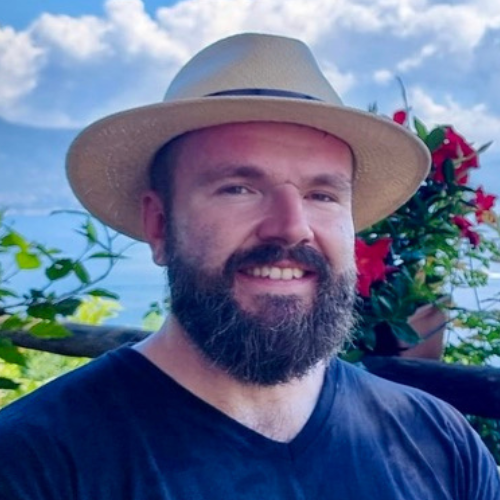
Discussion